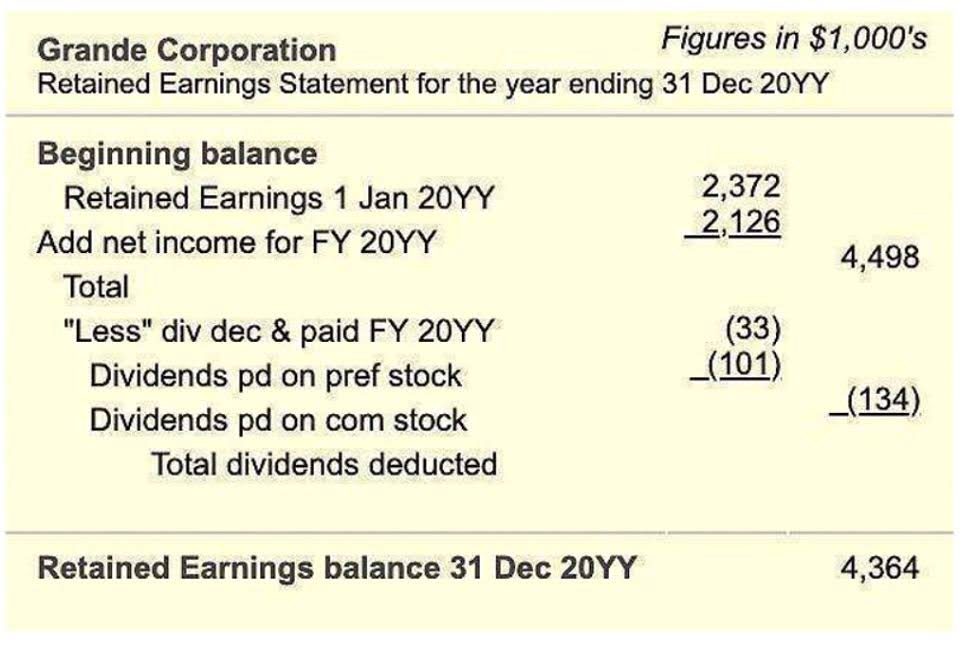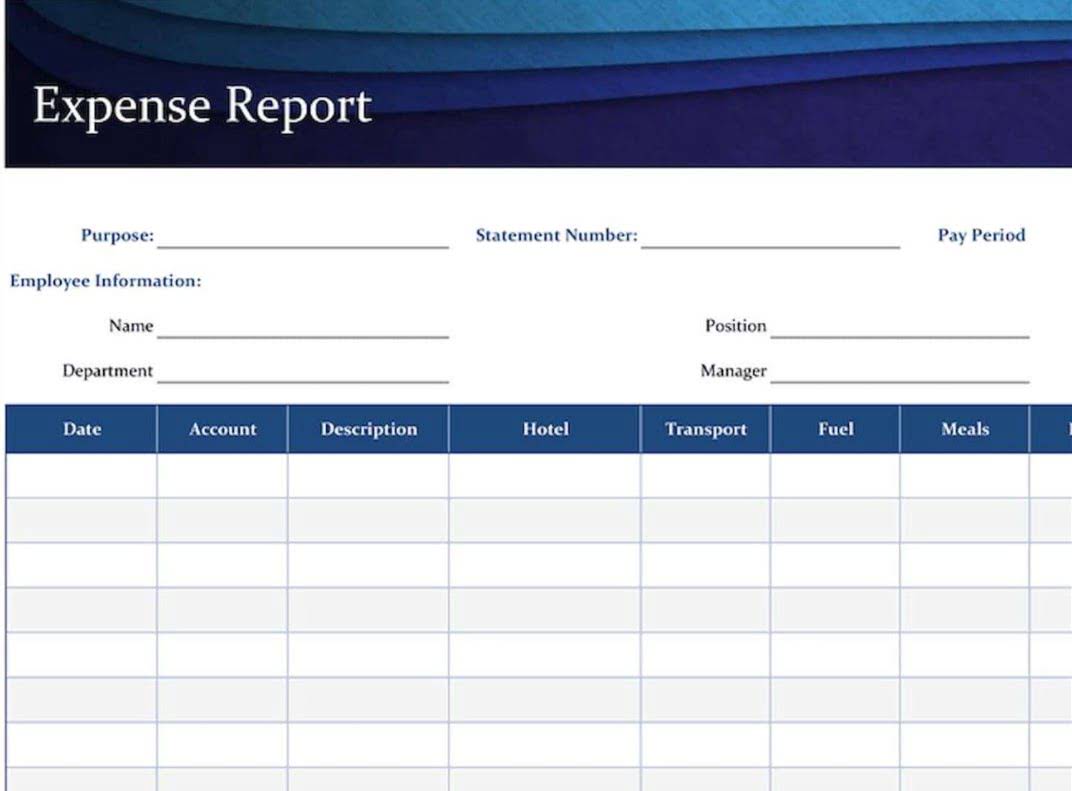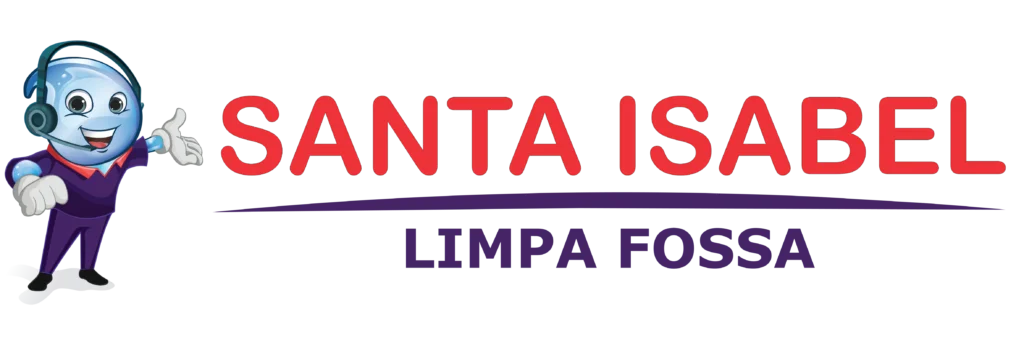Cost of Goods Sold Statement Formula, Calculation, & Example

While this movement is beneficial for income tax purposes, the business will have less profit for its shareholders. Businesses thus try to keep their COGS low so that net profits will be higher. Operating margin goes a step further than the gross margin by including operating costs, like rent and payroll along with COGS. It helps analysts understand how much profit a company makes on a dollar of sales after paying for both variable and fixed costs. Thus, if COGS increases, the operating margin might decrease, even if other operating expenses remain constant. You wouldn’t include indirect costs unrelated to producing the T-shirts, like your Cashier’s salary, office rent, or social media marketing costs.

Are salaries included in COGS?
- The IRS has a long article about COGS, but it’s always a good idea to consult a CPA to ensure you’re not missing out on any deductions.
- And if you don’t have a simple way to monitor and manage your costs, your spend could quickly spiral.
- Fluctuating fixed and variable costs are another reason to calculate cost of sales regularly.
- You can see which products make you the most money, so you know where to focus your time and resources.
Calculate this by dividing your gross profit ($15) by the selling price ($25) and multiplying it by 100. This calculation tells you that 60% of each sale is gross profit after covering the cost of producing the T-shirt. These indirect expenses are part of running your business but don’t count toward making each product.
How Does Inventory Affect COGS?
- It doesn’t, however, state what order inventory is deemed to be sold.
- Understanding COGS helps businesses manage production costs and improve overall financial health.
- Read on and watch this video to learn more about the cost of goods sold, how to calculate it, and its importance to your organization.
- Under the Generally Accepted Accounting Principles (GAAP), product companies must follow certain rules when calculating this number.
- For other business structures, the deduction still applies but might be reported in different forms corresponding to their tax filing requirements.
- Other expenses are then deducted to calculate the business’s net profits.
- This focus excludes indirect costs like overhead, administrative expenses, and marketing costs.
For other business structures, the deduction still applies but might be reported in different forms corresponding to their tax filing requirements. The IRS guidelines on COGS allow businesses to include the cost of products or raw materials, direct labor costs involved in production, and factory overhead in their calculations. In service-oriented businesses, where direct costs of services (like labor) may not be as clearly definable as in manufacturing, COGS becomes a less effective metric. In these cases, comprehensive cost accounting methods that can allocate overhead and administrative costs https://www.facebook.com/BooksTimeInc/ more accurately are more informative. COGS counts as a business expense and affects how much profit a company makes on its products.

What’s included in cost of goods sold?

However, the LIFO method can result in an outdated inventory valuation as the remaining inventory could be valued at older, lower prices. Therefore, investors and external users should be aware of the potential imbalance in inventory valuation when a company applies the LIFO method. This refers to the cost of the work that your employees put into producing the goods. In our furniture business example, this would include the wages paid to the carpenters, painters, and other staff members involved in bringing your product to life. The costs of running a business and making a sale change all the time. And if you don’t have https://www.bookstime.com/articles/general-ledger-account a simple way to monitor and manage your costs, your spend could quickly spiral.

Would you prefer to work with a financial professional remotely or in-person?
- Hence, if a company uses the FIFO method during an inflationary period, their tax expenses may increase as their profits are overstated.
- COGS is a company’s direct cost of inventory sold during a particular period.
- By contrast, fixed costs such as managerial salaries, rent, and utilities are not included in COGS.
- Instead, your direct costs are any expenses related directly to your service.
- Generally speaking, COGS will grow alongside revenue because theoretically, the more products and services sold, the more must be spent for production.
- Some software can even help you decide on an inventory accounting method by showing which is most advantageous for you.
We are committed to providing trustworthy advice for businesses. Learn more about our full process and see who our partners are here. Eric is an accounting and bookkeeping expert for Fit Small Business. He has a CPA license in the cost of goods sold is Philippines and a BS in Accountancy graduate at Silliman University.
- The averaging method for calculating COGS is a technique that doesn’t consider the specific cost of individual units.
- However, some items’ cost may not be easily identified or may be too closely intermingled, such as when making bulk batches of items.
- By the end of 2018, Twitty’s Books had $440,000 in sellable inventory.
- By selling older items first, your business can reduce waste and improve inventory turnover, leading to better cash flow.
- The IRS has set specific rules for which type of method a company can use and when to make changes to the inventory cost method.
- Ending inventory is the value of inventory at the end of the year.
That way, you can spot and deal with things that put pressure on your profit margins – such as rising delivery fees – and make the right call on when to raise your prices. We break down the components that make up COS and show you how to calculate cost of sales. This method is popular because it’s simple to use and understand.

It helps you set prices, determine if you need to change suppliers, and identify profit loss margins. But it also helps determine how efficiently you are running your business. Can you afford to update tools or renovate your business space? These are all questions where the answer is determined by accurately assessing your COGS. While the gross margin is the standard metric used to analyze the direct costs of a company, the COGS margin is the inverse (i.e., one subtracted by gross margin). The cost of goods sold (COGS) designation is distinct from operating expenses on the income statement.
